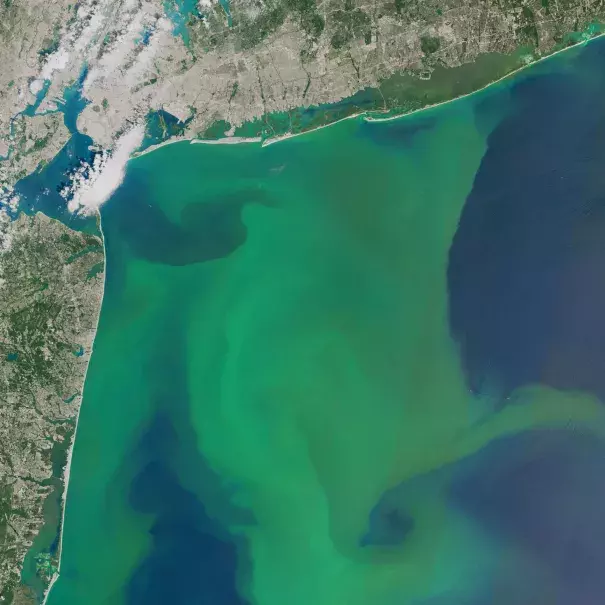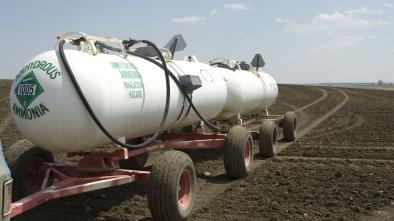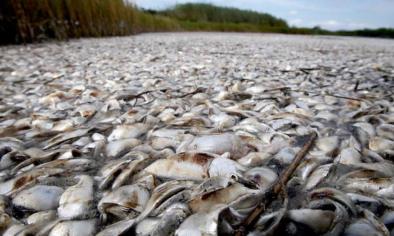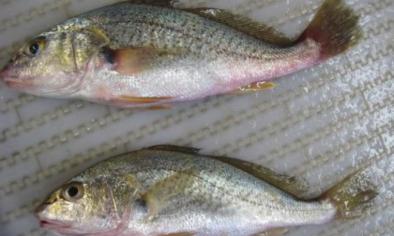Heavier Rainfall Will Increase Water Pollution in the Future

If climate change continues to progress, increased precipitation could mean detrimental outcomes for water quality in the United States, a major new study warns.
An intensifying water cycle can substantially overload waterways with excess nitrogen runoff—which could near 20 percent by 2100—and increase the likelihood of events that severely impair water quality, according to a new study published by Science.
When rainfall washes nitrogen and phosphorus from human activities like agriculture and fossil fuel combustion into rivers and lakes, those waterways are overloaded with nutrients, and a phenomenon called "eutrophication” occurs.
This can be dangerous for both people and animals. Toxic algal blooms can develop, as well as harmful low-oxygen dead zones known as hypoxia, which can cause negative impacts on human health, aquatic ecosystems, and the economy. Notable dead zones include those in the Gulf of Mexico, the Chesapeake Bay, and around Florida.
...
Although the researchers’ model is specific to the U.S., other heavily affected areas were also identified in the study, including India, China, and Southeast Asia. Because these regions are fast developing with continually growing populations, they have higher risk for large increases in nitrogen pollution due to increased precipitation.
Michalak said large population centers around the world are already displaying evidence of hypoxic dead zones and harmful algae blooms.
Related Content





